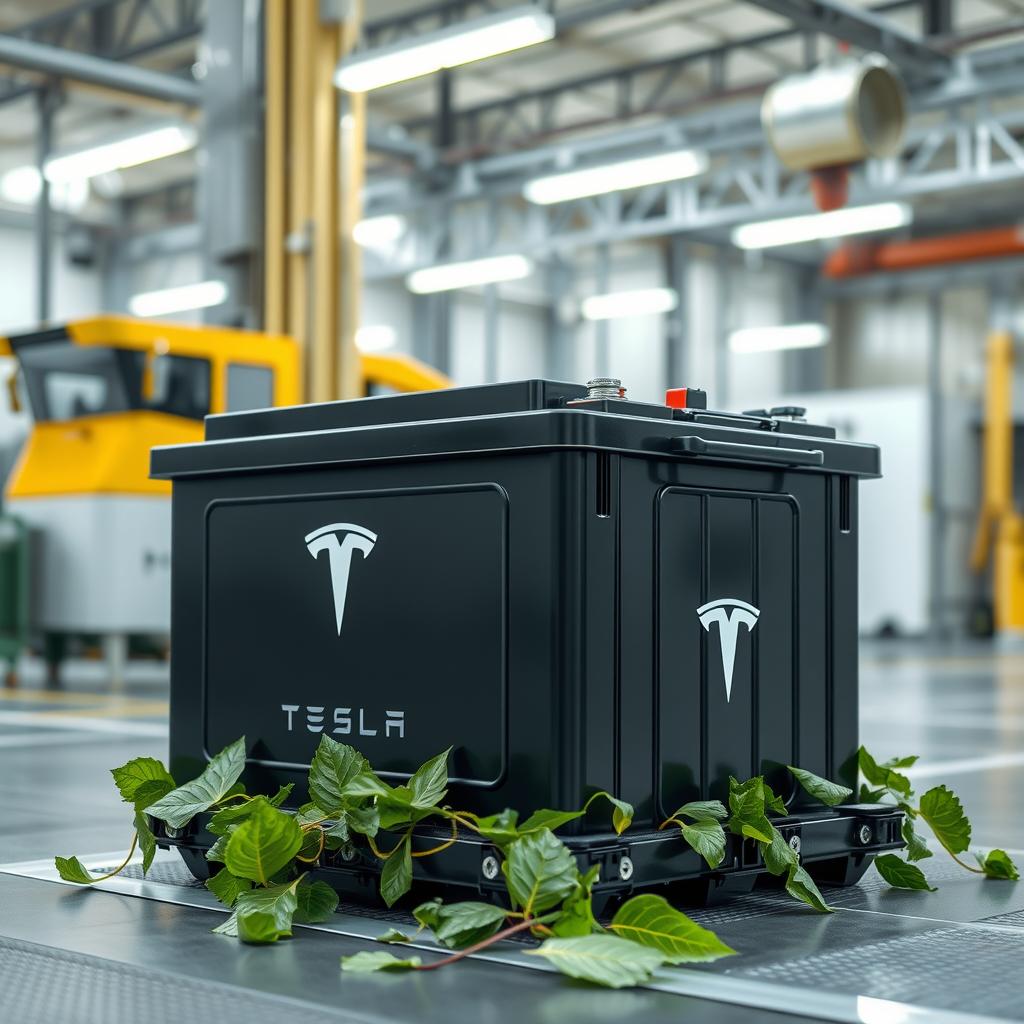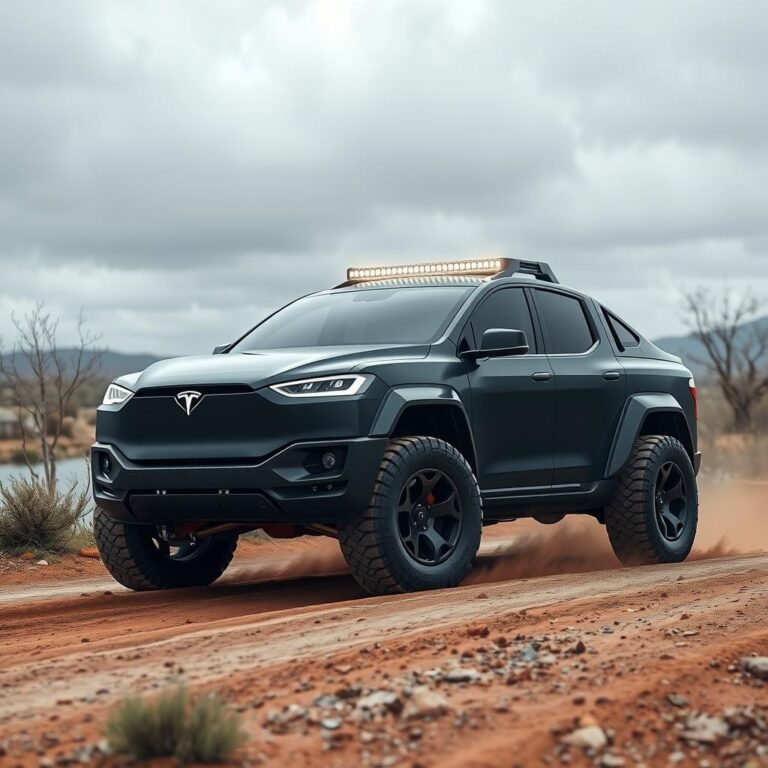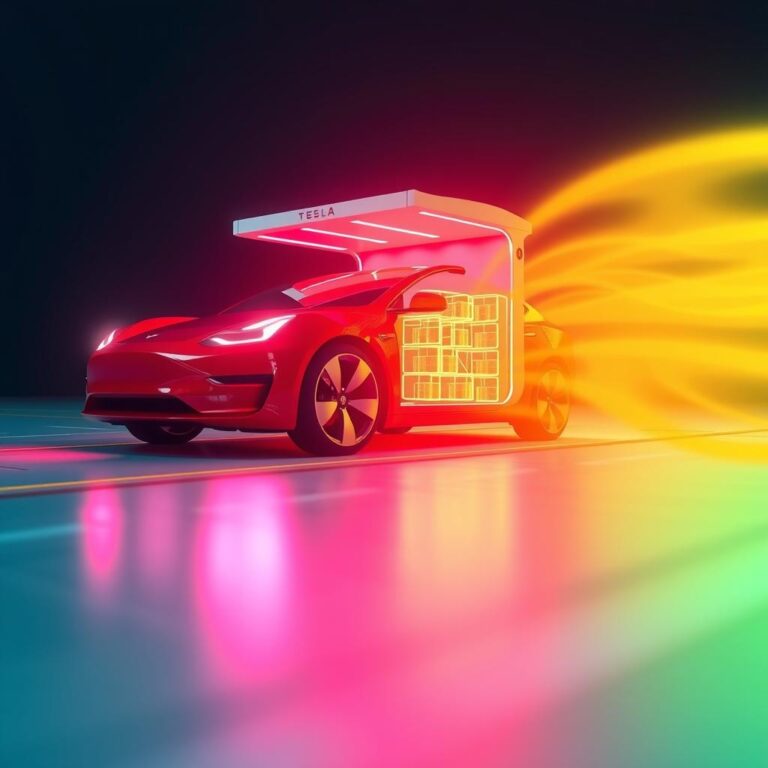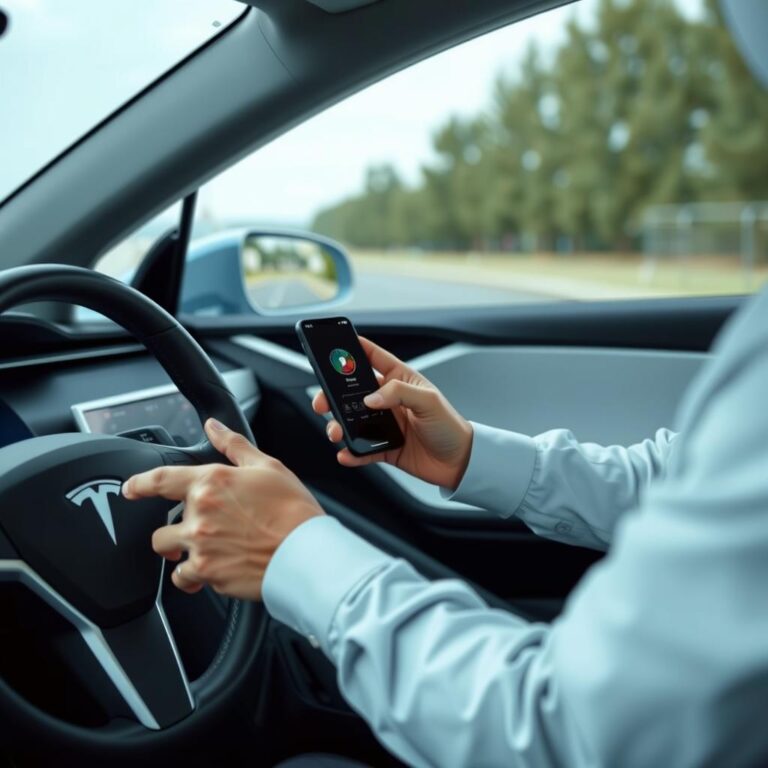Can Tesla Car Power Home?
Can a Tesla car power a home? Short answer: Yes, it can. But how does it work, and is it worth it? Let’s break it down.
How Can a Tesla Car Power Your Home?
A Tesla car with a large battery pack can store and discharge electricity. By connecting it to a home through a bidirectional charger, the car’s battery can serve as a temporary power source.
- Vehicle-to-Home (V2H) technology: This allows your Tesla to send power back to your house.
- Battery capacity: Tesla’s battery packs range from 50 kWh to over 100 kWh, which is enough to run a home for hours or even days.
- Bidirectional charger: Unlike a standard EV charger, this one allows power to flow both ways.
- Smart energy management: Some setups can automatically switch between car power and the grid.
Why Would You Use a Tesla to Power Your Home?
People don’t just do this for fun. There are solid reasons behind it.
- Power outages: When the grid goes down, your Tesla can keep the lights on.
- Energy independence: If you have solar panels, your Tesla can store excess energy and power your home at night.
- Lower electricity bills: Charge your Tesla during cheap off-peak hours and use that stored power when electricity rates go up.
- Emergency backup: Acts as a generator when you need it most.
Which Tesla Cars Can Power a Home?
Not all Teslas are built for this, but the newer ones are heading in that direction.
- Tesla Cybertruck: Tesla confirmed that the Cybertruck supports bidirectional charging.
- Tesla Model S, X, 3, and Y: As of now, these cars do not have native bidirectional charging, but that could change with future software updates.
- Aftermarket solutions: Some third-party companies are working on bidirectional chargers for existing Tesla models.
How Long Can a Tesla Power Your Home?
Depends on how much energy you use.
- Typical U.S. home: Uses about 30 kWh per day.
- Smaller homes: Use around 20 kWh per day.
- Large Tesla battery packs: A 100 kWh battery could power a home for about 3 days under normal usage.
How to Connect a Tesla to Your Home
- Install a bidirectional charger: Tesla doesn’t sell one yet, but some third-party options exist.
- Set up an inverter: Converts DC power from the car into AC power for your home.
- Connect to your home’s electrical panel: A licensed electrician should handle this.
- Use a smart energy management system: Automates power flow between your Tesla and your home.
Is It Safe?
Yes, if done properly. But there are risks.
- Overloading circuits: Your electrical panel needs to handle the power load.
- Battery degradation: Using your Tesla as a home battery could shorten its lifespan.
- Warranty concerns: Tesla may not cover damage from unauthorized bidirectional charging.
Cost Breakdown: Is It Worth It?
Here’s what you need to consider:
- Bidirectional charger: Costs between $3,000 to $5,000.
- Installation: Around $1,000 to $2,500.
- Potential savings: Lower electricity bills and no need for a gas generator.
So, can a Tesla car power a home? Absolutely. The question is: Is it practical for you?
Stay tuned for the next 1000 words where we dive into real-world examples, expert opinions, and alternative solutions.

Real-World Examples of Teslas Powering Homes
People are already testing this concept. Some are doing it out of curiosity, while others use it as an actual backup power solution.
- Texas power outages (2021): During the massive winter storm, some Tesla owners found ways to use their cars as power sources when the grid failed.
- Hurricane-prone areas: Tesla owners in Florida have experimented with powering their homes during storms.
- Off-grid enthusiasts: Some people have fully integrated their Teslas into their home power systems to avoid using traditional energy sources.
These cases show that it’s possible, but the setup isn’t always straightforward.
What Experts Say About Using a Tesla as a Home Battery
Energy experts see potential, but they also have concerns.
- Elon Musk’s take: Tesla has hinted at bidirectional charging, but it’s not a current priority.
- Battery engineers: They warn that frequent cycling of a Tesla battery for home use could wear it out faster.
- Electrical engineers: They emphasize the need for proper inverters and safety mechanisms.
Alternative Solutions: Is a Tesla Powerwall Better?
If you’re serious about home backup power, you might wonder whether a Tesla Powerwall is a better option.
- Tesla Powerwall: Specifically designed for home energy storage.
- Capacity: 13.5 kWh per unit, scalable by adding more units.
- Integration: Works seamlessly with solar panels.
- Warranty: Tesla supports its Powerwall for 10 years, unlike using a car battery for home power.
While a Tesla car can power a home, the Powerwall is the more practical long-term solution.
Future of Tesla’s Bidirectional Charging
While Tesla hasn’t officially rolled out bidirectional charging, it’s only a matter of time. Other automakers are already doing it.
- Ford F-150 Lightning: Comes with bidirectional power, allowing it to run a home for days.
- Hyundai and Kia: Some models already support vehicle-to-load (V2L) power sharing.
- Upcoming Tesla updates: Rumors suggest future Teslas might have V2H capabilities.
How to Decide If It’s Right for You
Before jumping in, ask yourself these questions:
- Do you live in an area with frequent power outages? If yes, a Tesla backup could be useful.
- Do you already own a Tesla? If yes, finding a way to use it for backup power might make sense.
- Are you willing to invest in extra equipment? If not, waiting for official Tesla solutions might be better.
Pros and Cons of Using a Tesla to Power a Home
Pros:
- Large battery capacity: Even a single Tesla can store more power than many home batteries.
- Great for emergencies: Can keep your home running during blackouts.
- Lower energy costs: Charge during off-peak hours and use stored energy later.
Cons:
- Battery wear and tear: Could reduce your car battery’s lifespan.
- Limited charging options: Not all Teslas support bidirectional charging yet.
- Expensive setup: Requires special chargers and inverters.
Final Thoughts: Can a Tesla Car Power a Home?
Yes, a Tesla car can power a home, but it’s not as simple as plugging it in.
- You need a bidirectional charger and the right electrical setup.
- It’s a great backup option but might wear out your car battery faster.
- If you want a long-term energy solution, a Tesla Powerwall or solar integration might be better.
The future looks bright for Tesla owners who want to power their homes. But for now, if you’re serious about energy storage, a Powerwall is still the smarter bet.
FAQs
Can a Tesla car fully power a house?
Yes, but for how long depends on the car’s battery size and your energy consumption. A 100 kWh battery could run an average home for around three days.
Will Tesla add bidirectional charging in the future?
It’s possible. Other automakers like Ford and Hyundai have done it, and rumors suggest Tesla is working on it.
Is using a Tesla for home power safe?
Yes, if done properly. However, using a Tesla battery for home power can lead to faster battery degradation if used frequently.
Is it better to get a Tesla Powerwall instead?
If you want a reliable home backup system, the Tesla Powerwall is a better choice. It’s designed for stationary power use, unlike a car battery.
So, can a Tesla car power a home? Absolutely. But should you use it this way? That depends on your needs and how much you’re willing to invest.




